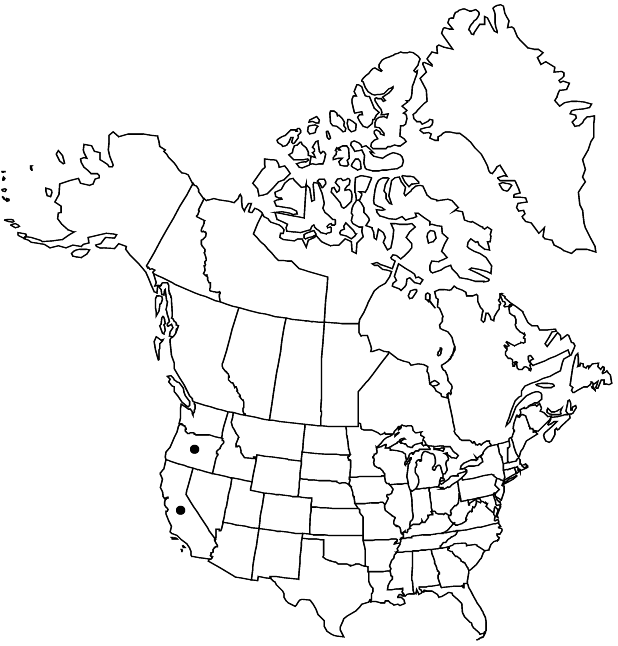Difference between revisions of "Micranthes californica"
in N. L. Britton et al., N. Amer. Fl. 22: 140. 1905,.
FNA>Volume Importer |
FNA>Volume Importer |
||
| Line 14: | Line 14: | ||
|name=Micranthes parvifolia | |name=Micranthes parvifolia | ||
|authority=(Greene) Small | |authority=(Greene) Small | ||
| − | }}{{Treatment/ID/Synonym | + | }} {{Treatment/ID/Synonym |
|name=Saxifraga fallax | |name=Saxifraga fallax | ||
|authority=Greene | |authority=Greene | ||
| − | }}{{Treatment/ID/Synonym | + | }} {{Treatment/ID/Synonym |
|name=Saxifraga hallii | |name=Saxifraga hallii | ||
|authority=A. M. Johnson | |authority=A. M. Johnson | ||
| − | }}{{Treatment/ID/Synonym | + | }} {{Treatment/ID/Synonym |
|name=Saxifraga parvifolia | |name=Saxifraga parvifolia | ||
|authority=Greene | |authority=Greene | ||
| − | }}{{Treatment/ID/Synonym | + | }} {{Treatment/ID/Synonym |
|name=Saxifraga virginiensis var. californica | |name=Saxifraga virginiensis var. californica | ||
|authority=(Greene) Jepson | |authority=(Greene) Jepson | ||
| Line 64: | Line 64: | ||
|publication year= | |publication year= | ||
|special status= | |special status= | ||
| − | |source xml=https://jpend@bitbucket.org/aafc-mbb/fna-data-curation.git/src/ | + | |source xml=https://jpend@bitbucket.org/aafc-mbb/fna-data-curation.git/src/8f726806613d60c220dc4493de13607dd3150896/coarse_grained_fna_xml/V8/V8_121.xml |
|genus=Micranthes | |genus=Micranthes | ||
|species=Micranthes californica | |species=Micranthes californica | ||
Revision as of 18:04, 18 September 2019
Plants solitary or in clumps, with bulbils on caudices, or rhizomatous. Leaves basal; petiole flattened, 2–5 cm; blade ovate, 2–7 cm, fleshy, base attenuate, margins serrate, rarely subentire, ciliate, surfaces hairy. Inflorescences 20+-flowered, (flowers often secund), open, lax thyrses with distant lateral branches, 15–30(–40) cm, purple-tipped stipitate-glandular. Flowers: sepals reflexed, sometimes spreading, triangular to ovate; petals white, not spotted, elliptic to oblong, clawed, 2.5–4.5 mm, longer than sepals; filaments linear, flattened; pistils connate to 1/2 their lengths; ovary 1/2+ inferior, appearing superior in fruit. Capsules purplish, folliclelike.
Phenology: Flowering winter–early spring.
Habitat: Shaded fields, rocky or unstable slopes, stream banks
Elevation: 0-1500 m
Distribution

Calif., Oreg., Mexico (Baja California).
Discussion
Selected References
None.
